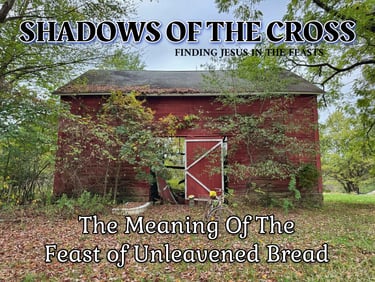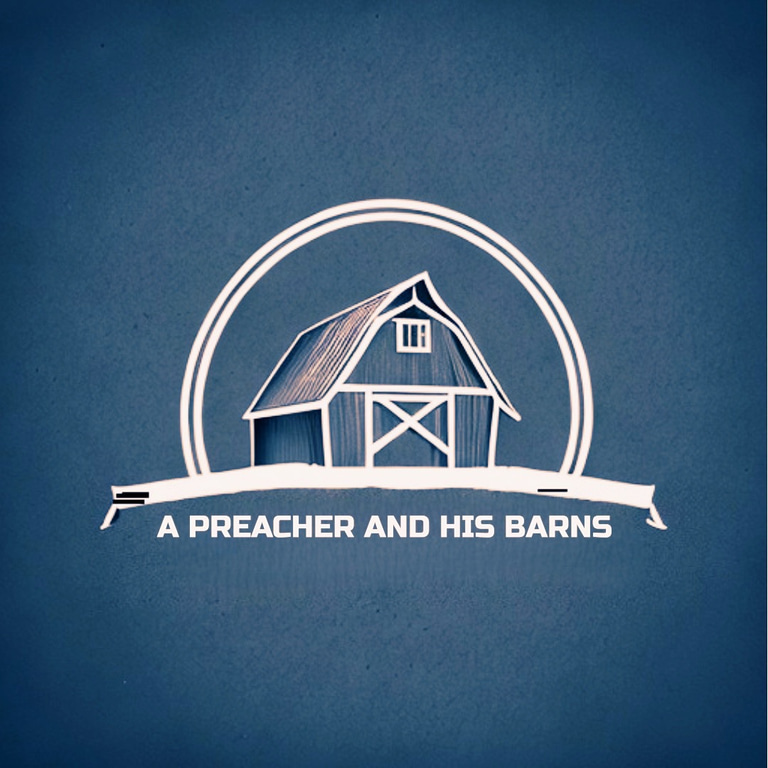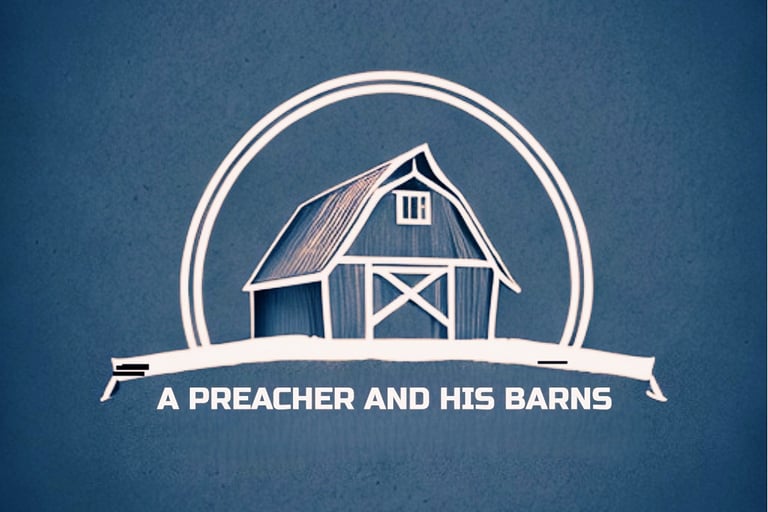The Meaning Of The Feast Of Unleavened Bread
The Feast of Unleavened Bread isn’t just history; it’s a mirror. God invites us to search our souls the way Israel searched their homes.


The Meaning Of The Feast Of Unleavened Bread
The Feast is meant to teach holiness and obedience to God’s people but the significance for the church is unmistakable. All of the feasts point us to Jesus.
“Let us celebrate the feast, not with the old leaven … but with the unleavened bread of sincerity and truth.” — 1 Corinthians 5:8
In the New Testament, Paul reaches back to the Feast of Unleavened Bread and pulls it straight into Christian life. He reminds us: leaven spreads. It starts small but fills everything it touches. A little bitterness, pride, or compromise — and soon, the whole heart is affected.
The Feast of Unleavened Bread isn’t just history; it’s a mirror. God invites us to search our souls the way Israel searched their homes. Not out of fear, but out of love. To throw away the things that make us spiritually bloated and return to the simplicity of truth.
For Christians, the feast symbolizes sanctification — that ongoing work of the Holy Spirit that purifies and reshapes us into the image of Christ. Just as Israel ate nothing leavened for seven days, believers are called to live every day free from the yeast of sin’s deceit.
We live in a world that celebrates indulgence and calls it freedom. But true freedom is found in obedience and faith — in living with hearts unpolluted, homes untainted, motives unclouded. The bread of obedience may not rise high, but it nourishes deeply.
Leaven (yeast) represents sin in the Bible. Yeast puffs up and it gets into everything around it. That’s why we are called to remove sin from among us.
We often allow small “yeasts” to grow unnoticed in our lives — an attitude, habit, or thought pattern. Just imagine what it would look like to live the next seven days with “unleavened” lives for Christ. That’s what the Feast of Unleavened Bread is all about.
Tomorrow: how do we see Jesus in the feast?


